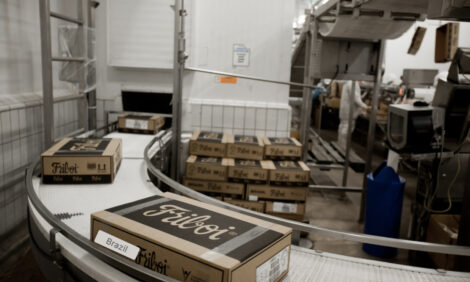



Dynamic Egg Production in Eastern Europe
GLOBAL - When the EU banned the use of conventional cages in 2012, the rest of the world watched and waited to see what impact this would have on global egg production. Now two years on, what has the result been?Professor Hans-Wilhelm Windhorst, Statistical Analyst at the International Egg Commission, presents the findings in his latest statistical report: “Patterns of European egg production and egg trade after the banning of conventional cages in the EU”.
This in-depth report analyses data provided by the FAO and shows egg production by region, country and global market share.
Total global egg production grew by over 14.4 million tonnes from 2000 to 2012, 28.3 per cent. Despite the turbulent time for egg producers in Europe and the EU, European egg production increased by 11 per cent, from 9.5 million tonnes to 10.5 million tonnes. However, despite this growth, Europe’s contribution to the overall global egg production decreased from 18.6 per cent in 2000 to 16.1 per cent in 2012.
Within the EU, growth was 6.3 per cent; Professor Windhorst’s report shows that the recovery of the European egg production was mainly as a result of the dynamics in some Eastern European countries. Sub-regions within Europe varied dramatically – Eastern Europe experienced the highest absolute and relative growth; Northern Europe and Southern Europe also experienced growth, Western Europe was the only European sub-region to experience a decrease in egg production; its production fell by 9.3 per cent between 2000 and 2012
In 2000, three European countries ranked among the top ten egg producing countries, Russia, France and Germany; in 2012 three European countries were still in the global top ten, but these were Russia, France and Ukraine.
Global egg production volume is still approximately 1 million tons lower than it was in the late 1980s. Up until 1988 Europe was the leading continent in egg production; after 1988 Asia took the number one position, and it remains so today. Between 2000 and 2012 Asia saw the fastest growth in global egg production, almost 7.7 million tonnes.
Professor Windhorst’s complete report will be made available to all delegates attending the IEC Business Conference Vienna 2014, 30 March – 1 April. In addition to analysing the latest production figures from across Europe, it also compares export figures across Europe and Asia.
To ensure that you have access to the latest industry data, make sure that you are part of the international egg industry’s leading conferences. IEC Business Conference Vienna, 30 March – 1 April and IEC Global Leadership Conference Bangkok, 7 – 11 September 2014.









